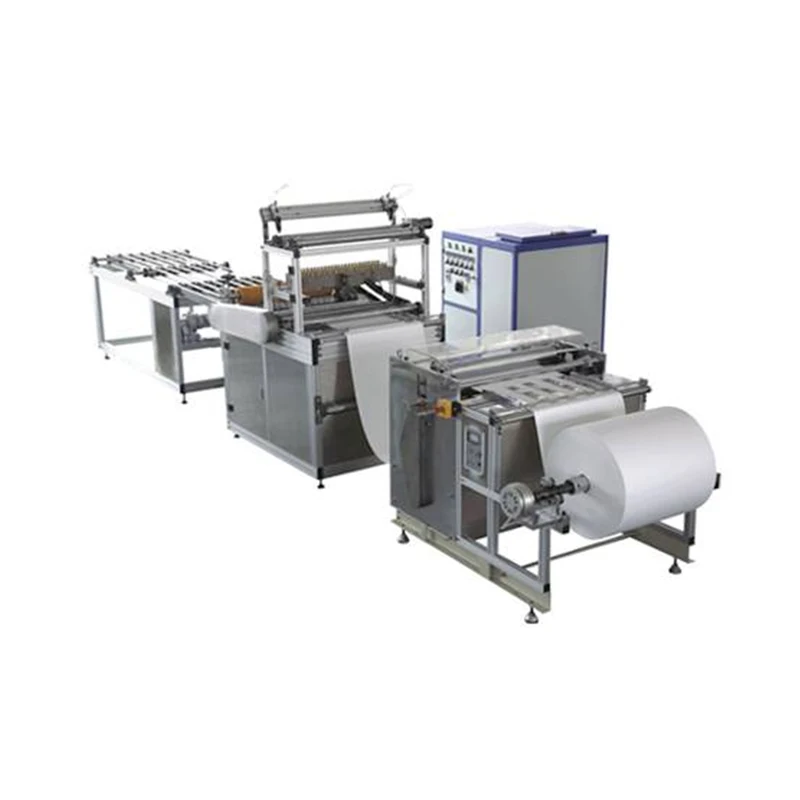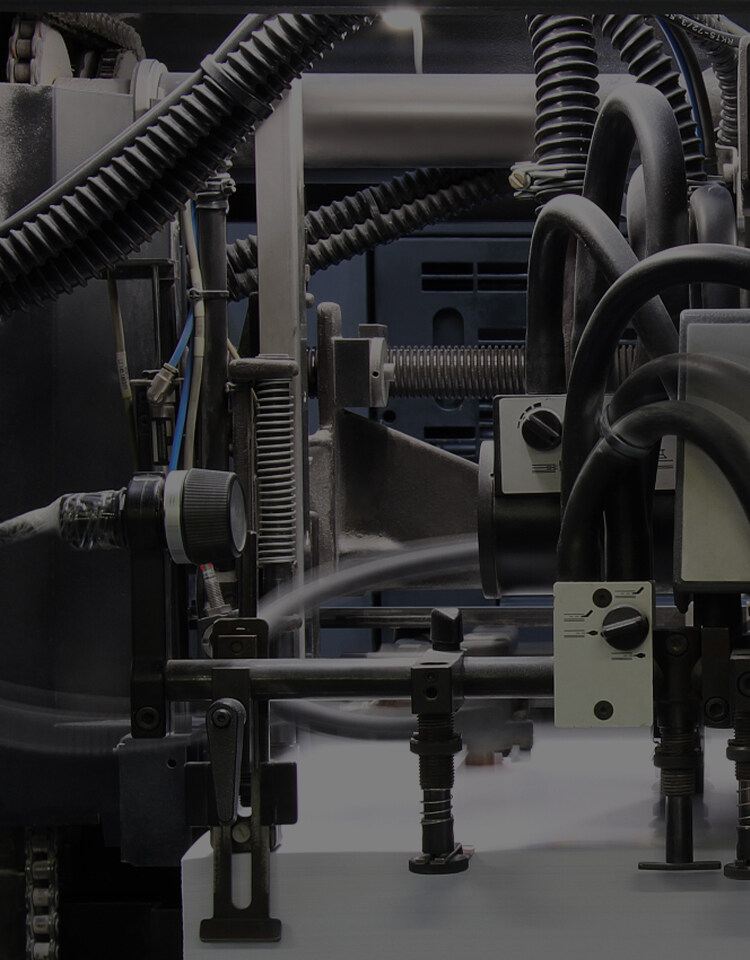Exploring the World of Mini Pleat Machines: A Look into the Future of Textile Manufacturing
In today’s fast-paced world, manufacturing technology is constantly evolving.
It brings innovation and efficiency to industries across the globe.
One such advancement is the development of mini pleat machines.
These machines have revolutionized the textile industry.
They provide a quick and efficient method of pleating fabrics.
Mini pleat machines have gained immense popularity.
This is due to their ability to create precise and consistent pleats.
They also cater to a wide range of industries, from fashion to filtration.
But what exactly is a mini pleat machine?
Why are mini pleat machine manufacturers seeing an increase in demand?
In this blog, we’ll dive into the fascinating world of mini pleat machines.
We will explore their functions, benefits, and the future of pleating technology.
What Is a Mini Pleat Machine?
A mini pleat machine is a specialized piece of equipment.
It is used to create small, uniform pleats in fabrics or other materials.
These pleats are typically used in fashion, interior design, and industrial applications.
The key feature of a mini pleat machine is precision.
It generates fine, accurate pleats in a variety of fabrics.
These include silk, polyester, cotton, and even nonwoven materials.
Mini pleat machines are essential tools for manufacturers.
They are needed for products that require accurate pleating.
These machines operate by feeding fabric through rollers.
The rollers are heated or cooled to set the pleats.
The result is perfectly pleated material.
This material can be used for pleated skirts, dresses, air filters, and medical supplies.

Why Are Mini Pleat Machines Important?
Mini pleat machines offer several advantages.
These features make them highly sought after worldwide.
Here are just a few reasons for their high demand:
- Precision and Consistency
- Mini pleat machines produce highly accurate and uniform pleats.
- This precision is vital for industries like fashion, filtration, and medical supplies.
- Time and Labor Efficiency
- Previously, pleating was a labor-intensive process.
- Skilled workers manually folded and sewed pleats into fabric.
- Automated mini pleat machines have transformed this process.
- They save time and reduce labor costs.
- Versatility
- Mini pleat machines handle a wide variety of materials.
- They work with lightweight fabrics for clothing and heavier materials for industry.
- Increased Production
- These machines operate at high speeds.
- This allows for the production of large quantities of pleated materials quickly.
- High demand industries, like fashion and filtration, benefit greatly.
- Reduced Waste
- Traditional pleating methods caused significant fabric waste.
- Modern mini pleat machines feed fabric in a controlled manner.
- This reduces waste and makes the process more sustainable.
Applications of Mini Pleat Machines
Mini pleat machines have diverse applications across various industries.
- Fashion and Textile Industry
- Pleated fabrics are a staple in clothing design.
- From skirts to dresses, pleats add texture and volume.
- Mini pleat machines create consistent pleats for high-end couture or ready-to-wear collections.
- Air Filtration Systems
- Mini pleat machines are vital for producing pleated filters.
- These filters are used in healthcare, automotive, and HVAC systems.
- Fine pleats increase surface area for effective filtration.
- Precision ensures exact specifications, critical for air quality applications.
- Medical Supplies
- Pleated materials are key in surgical gowns, masks, and medical textiles.
- Fine pleats provide flexibility and ensure proper fit.
- These machines also produce pleated bandages and medical fabrics.
- Interior Design and Home Decor
- Pleated fabrics are used in luxurious curtains, drapes, and furniture.
- Mini pleat machines create intricate pleats for refined decor.
- They also produce pleated lampshades and cushions.
- Automotive Industry
- The automotive sector uses pleated fabrics for seat covers, airbags, and components.
- Pleats offer aesthetic appeal and functional benefits.
- Mini pleat machines ensure durability and meet performance standards.
The Future of Mini Pleat Machines
As technology advances, the future of mini pleat machines looks promising.
Here are some trends shaping their development:
- Automation and Smart Technology
- Future mini pleat machines will feature advanced automation.
- They will monitor fabric quality, adjust settings, and detect faults in real time.
- Sustainability
- Manufacturers are focusing on eco-friendly machines.
- Energy-efficient motors and reduced waste are key developments.
- Customization
- Machines will create pleats in a wider range of patterns and styles.
- This will meet unique needs, from intricate fashion pleats to industrial filters.
- Improved Materials
- Advances in material science will lead to high-performance fabrics.
- These new materials will expand pleating applications.
Conclusion
Mini pleat machines have transformed pleat creation in fabrics.
They bring efficiency, precision, and innovation to various industries.
Fashion, medical supplies, and air filtration all benefit from these machines.
As demand continues to grow, manufacturers are leading technological advancements.
Streamlined production, versatility, and sustainability are at the forefront.
The role of mini pleat machines will continue to expand.
They offer exciting possibilities for industries worldwide.


